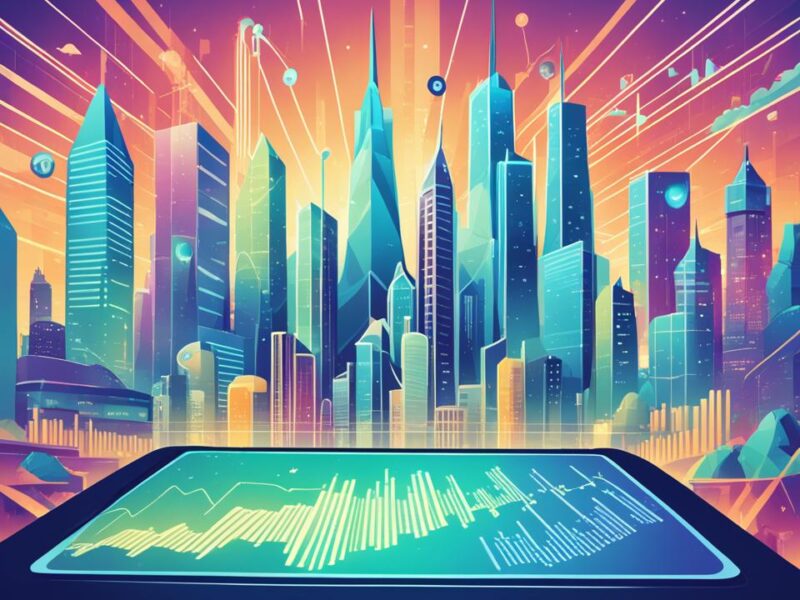The term “Web3” is a concept that has become increasingly popular in the tech space.
Table of Contents
What Is Web3?
Essentially, Web3 refers to the idea of using modern web technologies and protocols to create a more efficient and secure way of exchanging data between users and companies on the internet.
While many people think of Web2 as simply being a faster version of the first few versions of the web, Web3 is actually quite different from its predecessor.
The idea behind it is for users to have much more control and direct access over their online activity, giving them greater privacy and security than ever before.
Foundation of Web3
The foundation of Web3 lies in its ability to decentralize data storage and processing, as well as facilitate exchange between nodes (users) in such ways that are not possible under previous web technologies.
This means that instead of relying on a single source or host system to store all your data, with Web3, you can trustfully connect other systems with each other while still maintaining full ownership over your data.
For example, if an individual wants to send money to another person, they can do so without having to go through any third-party intermediary such as banks or payment processors by making use of blockchain technology – something which has become intrinsically linked with Web3 activities.
What Sets Web3 Apart
What further sets it apart from traditional web services is its capability for smart contracts – self-executing agreements between two parties based on pre-defined conditions set out within a computer program code – along with its ability to employ distributed ledger technology (DLT).
In addition, unlike in traditional web services where user data is stored centrally and vulnerable to hacks or leaks, DLT ensures that all information stored is cryptographically secured by multiple nodes across the network.
This makes it much harder for malicious actors to gain unauthorized access into user’s accounts or steal sensitive information.
Better UX?
Finally, many argue that Web3 will also bring in better user experience due to its adoption of Artificial Intelligence (AI).
By incorporating machine learning algorithms into applications built upon this new framework, AI enabled products could be developed that would be able offer far more personalized services tailored towards individual needs when compared against what existing services provide today.
Conclusion
Overall, though still at an early stage of development when compared against more established systems like those found within the banking industry today – where legacy systems are notoriously difficult to replace – it is clear that there is great potential for the future use cases of Web3 moving forward.
Many believe we are only just starting to see how its innovative new technical frameworks will reshape our digital economy over time producing benefits both for end-users and businesses alike.


